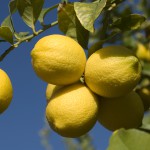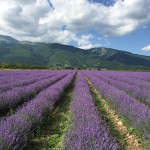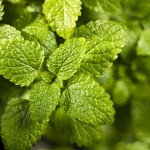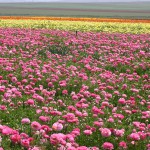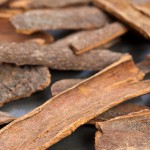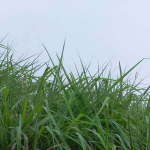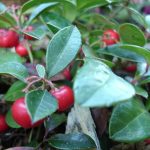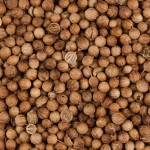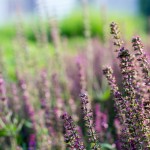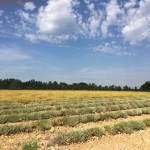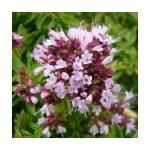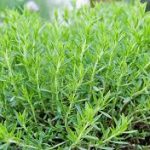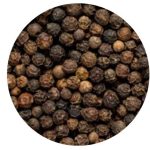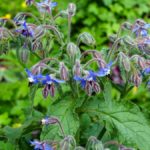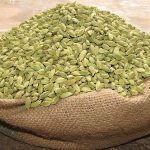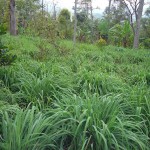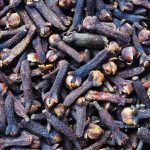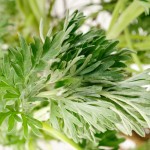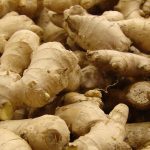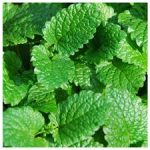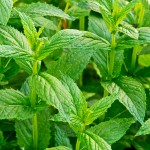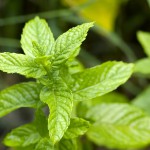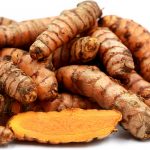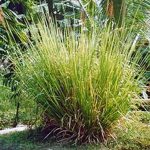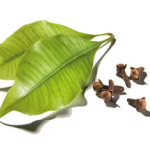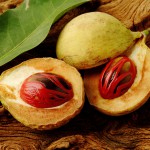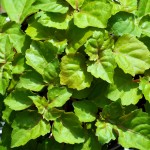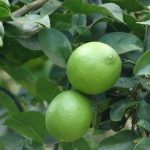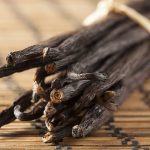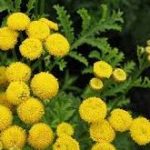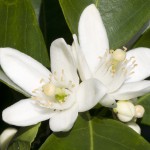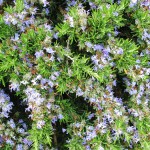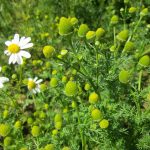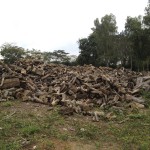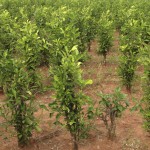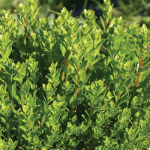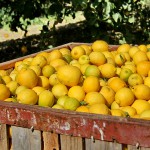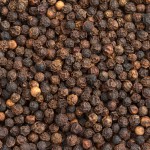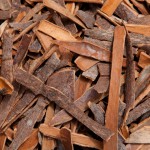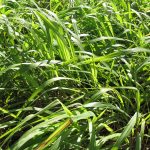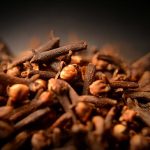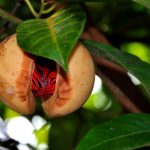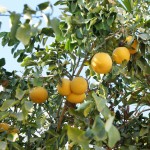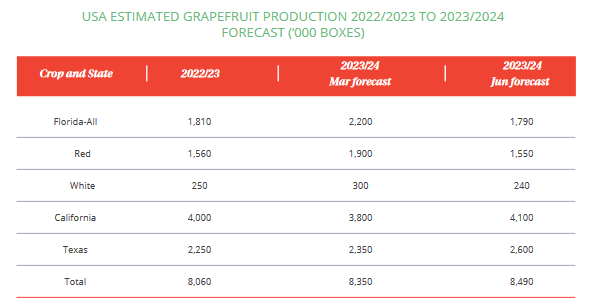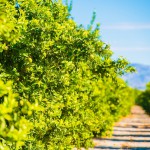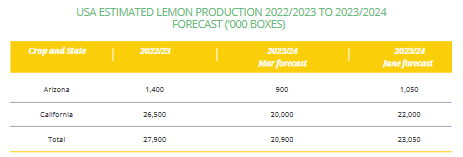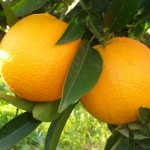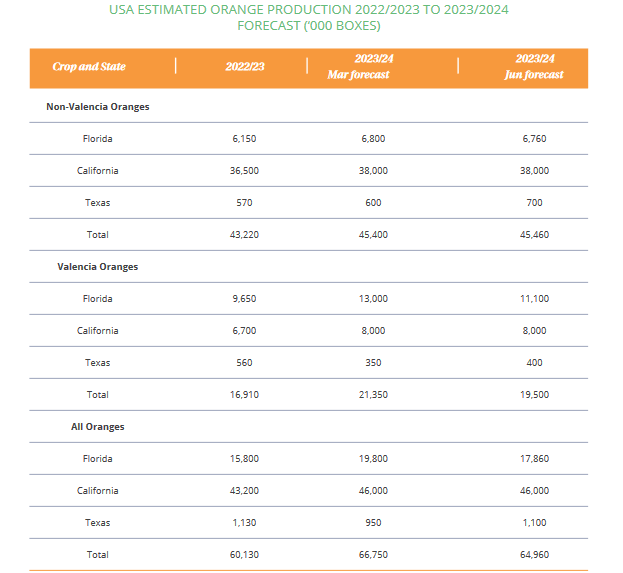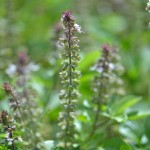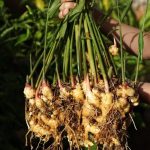Borage Oil
Borago officinalis L.
According to the Fundecitrus forecast released in May, the 2024–2025 orange production in the São Paulo and West-Southwest of Minas Gerais citrus belt is expected to decrease by 24.36% from 307.22 million boxes (M. boxes) in the previous season. The forecast shows 232.38 M. boxes of 40.8 kg each, making it the second-smallest crop since 1988–1989. The forecast also predicts lower orange production in the North, Northwest, Central, and South sectors, with the Southwest region experiencing increased production.
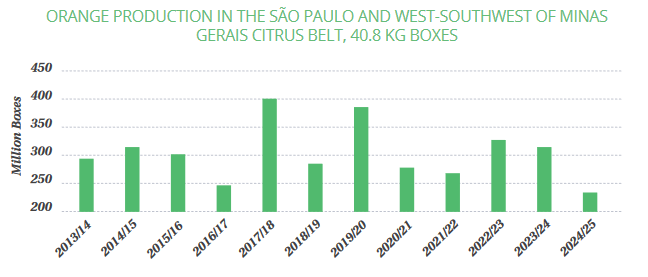
This production is divided as follows, and the figures in parentheses indicate the drop in production compared to the previous crop.
• 37.12 M. boxes of the Hamlin, Westin, and Rubi varieties (-36.10%);
• 15.72 M. boxes of the Valencia Americana, Seleta, Pineapple, and Alvorada varieties (-15.07%);
• 70.97 M. boxes of the Pera Rio variety (-27.30%);
• 81.58 M. boxes of the Valencia and Valencia Folha Murcha varieties (-22.45%);
• 26.99 M. boxes of the Natal variety (-2.91%).
Approximately 14.61 M. boxes are expected to be produced in the Triângulo Mineiro (-47.48%). Adverse climatic conditions, including a heatwave in September 2023, have led to high water stress and fruit drop, affecting market players due to high orange juice prices and limited availability.
The unfavourable climatic conditions triggered a drop in the number of fruits per tree for the second consecutive year. This year, the reduction was even more pronounced, reaching an average of 29%, as compared to the 5% recorded in the previous crop. The forecast of drier weather over the next six months is expected to continue impacting the crop, further hindering fruit growth and increasing the challenge of keeping groves supplied with water even where irrigation systems are installed.
The cultivation of citrus in Brazil has also been heavily impacted by the occurrence of pests and diseases, especially Huanglongbing (HLB), or greening. The damage is accentuated in the country’s main producing region, the citrus belt. Greening has affected the Brazilian citrus belt for twenty years and has currently reached an all-time high. According to Fundecitrus, the incidence of citrus greening disease (HLB) in Brazil’s Citrus Belt of São Paulo and Triângulo/Southwest Mineiro rose from 24.42% in 2022 to 38.06% in 2023. According to data by Fundecitrus from 2023, there are in the São Paulo citrus belt 77.22 million contaminated trees, of which 34.79 million are in the initial stage, equivalent to 17 percent; 24.93 million, or 12.3 percent, are facing the intermediate stage; and 17.5 million are facing extremely severe greening, equivalent to 8.6 percent.
The large increase in the incidence of greening in Brazil has led citrus growers in the citrus belt to look for areas where the disease is still absent, such as in the state of goiás, or where it occurs with a lower incidence, such as in the states of Minas Gerais, Paraná, and Mato Grosso do Sul. Even though planting outside the São Paulo citrus belt seems to come with the advantages of more land availability, greening absence and higher industrial productivity due to warmer weather, it also brings up many concerns regarding irrigation and higher management adjustments, warmer regions affecting tree development, and higher freight costs due to logistics issues. The association’s annual survey indicates the disease increasingly demands more effective and collaborative measures. Fundecitrus recently announced two efforts aimed at assisting Brazilian growers with citrus greening. A São Paulo task force will include a focus on the disease, and a credit line will be available for growers with greening in their orchards.
Market prices : USD 16.00 /kilo

 Ultra International B.V.
Ultra International B.V.
